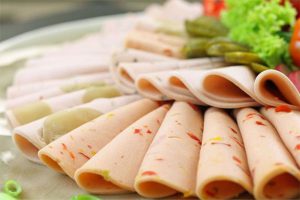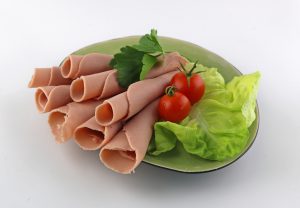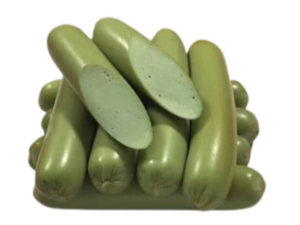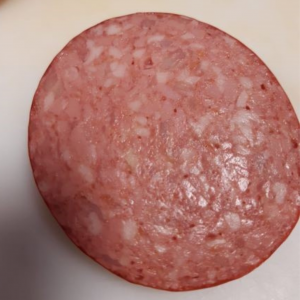An industrial sausage recipe does not call for pork butt, lean ham or beef chuck. The recipe asks for pork class 1, beef class 2 or back fat class 1 or 2. It may call for jowl or bacon fat. It really does not matter whether this meat comes from ham, butt, picnic or from the container with little meat pieces if it fulfils the requirements of the recipe. Only after all those scraps of meats are depleted, then a meat plant may resort to using noble parts such as ham or loin for sausages. All those trimmings end up in a cooler in labelled containers. Names such as ham, picnic or butt lose their meaning as one can only see cuts of meat with different fat contents. They must be classified in some logical manner so they can be picked up from a cooler by any operator and transferred to production.
All sausage recipes call for meat that belongs to a specified class: I, II, III or IV. When making a few kgs of a sausage we can use names like ham, butt or picnic, but when a meat plant makes thousands kgs of sausages a day a different system is employed.
Pork Class I


Class I, no bone, lean, no tendons. Fat between muscles up to 2 mm. No more than 15 % fat.
Ham (rear pork leg). You can obtain all meat grades from pork leg.
Pork loin is the leanest cut of all and definitely Class I. It is also expensive and ends up cooked or smoked in one piece.
Pork Class II


Class II A, no bone, medium fat, some tendons. Fat between muscles up to 10 mm. No more than 30 % fat. Pork butt, also known as Boston butt. You can obtain all meat grades from pork shoulder.

Class II B, no bone, some tendons. Fat between muscles up to 10 mm. No more than 45 % fat. Pork picnic (pork shoulder). You can obtain all meat grades from pork shoulder.
Pork Class III


Class III, lean or medium lean, with many sinews. No more than 25 % fat. Pork picnic, legs, other cuts. Picnic is a good substitute for pork head meat when making a headcheese.
Pork Class IV

Class IV, no bone, traces of blood, tendons, glands. No more than 36 % fat. Other criteria not defined. Pork picnic, legs, other cuts.
Bacon

Soft fat
Jowl Fat

Harder fat with meat in it. A good substitute for pork jowls/dewlap is fatter cuts from pork butt (class IIB).
Back Fat I

Hard fat, good for sausages and for making lard.
Back Fat II

Hard fat, good for sausages and for making lard.
Jowl fat remains bacon but it has more connective tissue so it is harder.

Smoked jowl.

Sliced smoked jowl.
Looking at meat class III that has a lot of sinews one can develop the feeling that it is a poor kind of a scrap. After all who wants to chew meat with sinews. The truth is that this is a very important meat class as it contains a lot of collagens which is necessary for creating gelatine and binding meats together when making head cheeses or liver sausages. It also binds water very well making products juicier.





